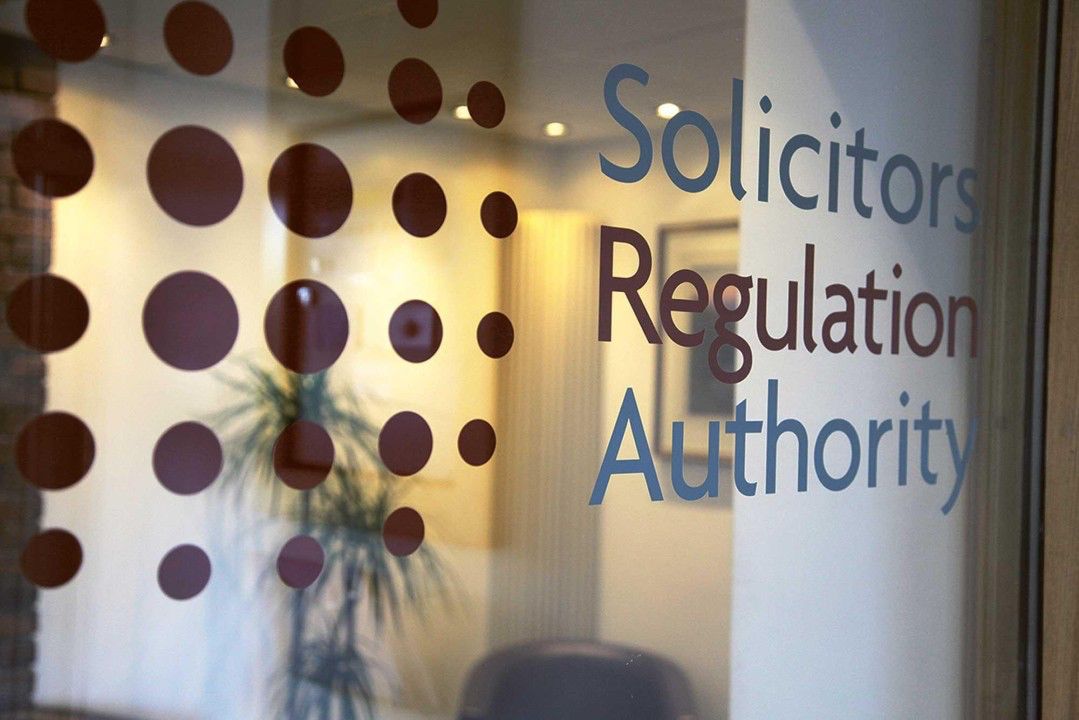In the world of complex legal terms, one might not immediately think of rapid technological advancement. However, change is quietly reshaping the legal profession through generative AI. This powerful tool is transforming legal operations, although it does come with some challenges. Let’s explore the numbers, hurdles, and transformative power of generative AI for the legal sector.
From Theory to Practice: The State of Generative AI In the Legal Sector
In the ever-evolving legal sector, the latter half of 2023 marked a significant moment, generative AI has transitioned from a theoretical concept to practical applications.. The survey, conducted by LexisNexis, polled over a thousand legal professionals from numerous organisations, exposing a sector in a state of constant change.
A remarkable 26% of lawyers are now integrating generative AI tools into their monthly workings, with an additional 35% planning to do so in the near future. A leap from the 11% reported in the preceding survey just six months prior, these numbers signify a marked shift in attitudes toward technological integration within the traditionally conservative field of law.
The primary task earmarked for this generative AI is the drafting of legal documents, with 91% of legal professionals expressing a desire to employ AI in this capacity. Not far behind, the realms of research and communication also saw a significant surge in AI priority, with figures soaring from 66% to 90% and 33% to 73%, respectively. Yet, these ambitious figures are tempered by practical day-to-day usage, as only 3% currently deploy AI daily and 11% do so weekly.
Expectations and Realities: A Billing Disparity
AI’s shiny allure brings contrasting billing expectations for in-house legal teams and private firms. The disconnect is evident, with 62% of private firm lawyers seeing AI impact operations compared to 39% overall.
The mismatch is most felt in billing reduction. While over half of in-house counsel expect generative AI to cut costs, only 40% of law firm practitioners share this view, with only 18% willing to adjust billing. The resistance to reform legal billing practices in response to AI is an interesting data point. Despite a belief that AI could reduce costs (42%) or increase billed hours (30%), most law firms remain stagnant in pricing. This stasis raises questions about the business model of legal practice in an age of technological advancement.
The AI Hurdles: Trust and Transformation
The legal profession’s cautious approach towards generative AI is not rooted in technophobia but in pragmatic concern, with prominent hurdles emerging. Chief among these is the issue of accuracy, where a concerning 57% of respondents worry about the reliability of AI-generated content. This scepticism extends to the cybersecurity realm (55%), as legal professionals grapple with the fine balance between convenience and the sacrosanct notion of client confidentiality.
LexisNexis presents a telling figure; 70% of in-house legal teams once expected their external counsel to adopt AI, a figure that has now dwindled to 57%. These retreating expectations point to a growing unease as the promises of AI meet the practical uncertainties of its implementation. The prevailing sentiment is clear: a cautious eye must be cast over the transformative potential of AI in the legal sector, with a balanced approach that safeguards professional standards.
Those professional standards are essential for any law firms attempting to remain compliant. This can be a challenge but the emergence of AI and innovations in technology are helping law firms streamline their processes, complete compliant checks and enhance the overall client experience. Innovative legal tech products like Verify 365 are making a significant impact within law firms, ensuring legal professionals are adhering to the regulations in place.
Navigating Change: The Quest for Reliable AI Tools
As the legal profession sails through unchartered waters, the necessity for AI tools grounded in dependable legal sources becomes paramount. This quest is twofold, aiming to both mitigate the risks associated with AI and capitalise on its potential. It is a directive that calls for the accurate and precise curation of AI platforms, a task no less significant than the technological innovation itself.
There is an awareness amongst legal professionals that the adoption of generative AI will necessitate more than just a change in software—it will command a rethinking of roles, workflows, and, significantly, billing practices. This shift is not just about technological proficiency but about an organisational metamorphosis that aligns the goals and expectations of the legal community with the increasingly powerful tool of AI.
AI’s Influence on the Legal Sector is Growing
The legal profession is on the brink of a new era. The integration of generative AI is inevitable, but it comes with both opportunities and challenges. Law firms and in-house teams need to find a balance. AI has great potential in the legal sector, but it also brings responsibilities.
The legal community must be cautious, selective, and strategic in its approach. We are pioneers in this journey, combining tradition with progress. As we navigate these new frontiers, we must embrace change while preserving core values. The future of law with AI depends on careful consideration, evaluation, and a commitment to justice and expertise.






